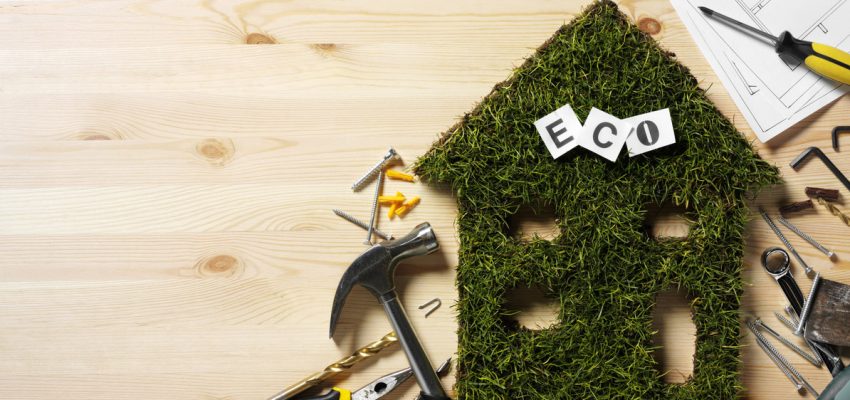Looking to build your own home? Not only will you get to create your own haven that fits all your particular preferences, you’ll also be able to fashion an ecologically sustainable structure from the ground up. Here are some top tips toward building an environmentally-sustainable home:
Go solar
It’s almost a no-brainer when it comes to thinking green. Not only do solar panels provide clean energy from the sun, they also provide a much cheaper source of power than electricity and gas. Australian solar power providers will usually offer special plans and incentives for making the switch. Check if you qualify for the government’s rebates and schemes.
Select the right materials
Eco-friendly materials are often higher quality and more resilient, meaning you’ll have to replace them less often than cheap, synthetic alternatives.
This will save you money when it comes to maintenance, upkeep and cleaning. Your choice of lightwork structural framing, cladding, flooring and insulation are variable factors and can be easily adapted with sustainability in mind. In fact we recommend making a plan for your project and managing it through any top notch project management software for construction industry.
Employ passive design
Passive design is touted as one of the key elements in environmentally-sustainable housing. What does this mean? Construction is aligned with local climate and site conditions in order to minimize energy use.
Concrete flooring helps to retain heat and radiate it back into the home when it cools at night. Supercoat DecoEffects Epoxy Floor Coating is a quick and easy way to seal your flooring.
Free and renewable sources of energy such as sun, wind etc. are utilized in a holistic design plan to assist the function of heating, cooling, air quality, ventilation, dryness, lighting and general level of comfort when building a home or other dwelling.
Reduce rainwater demand
One option for limiting your water wastage is installing a rainwater tank and using high star rating fittings. For example: taps, shower heads, toilets, dishwashers etc.
Consider using greywater for watering your garden via wastewater reuse systems. These methods are a great way to save water in order to preserve our precious ecosystem, whilst shaving a considerable amount of money off your bills in the process.
Build carbon positive
When it comes to sustainable building, the modern standard is the carbon-positive structure. Innovative design means very low running costs and environmental impact.
Thermal mass industrial concrete flooring and similar construction materials means saving a great deal on your energy bills well into the conceivable future. Carbon positive housing also has favorable implications for the future of our planet.
Think non-toxic
Think about the flooring, paints, sealants, glues and all the other materials that are used in the construction of your home. Limiting noxious substances and fumes will improve the safety of your structure. You have only to bring the term ‘asbestos’ to mind in order to understand why going non-toxic is better for you, your family and the environment.
Grow a veggie garden
Once you’ve finished building your beautiful new environmentally-sustainable home, don’t forget to finish it off with a lush veggie patch. Also, throw in a compost area for good measure. This is one of the best ways to enjoy fresh fruit, vegetables, flowers and herbs at minimal cost whilst limiting your commercial reliance in the process. Recycling waste to fertilise a thriving, organic outdoor environment is a must-do for anyone who is conscious about eco-friendly living.





I visit each day a few sites and blogs to read content, but this blog offers quality based writing. I like the valuable information you provide in your articles. I’ll bookmark your weblog and check again here frequently. I’m quite certain I will learn lots of new stuff right here! Best of luck for the next!